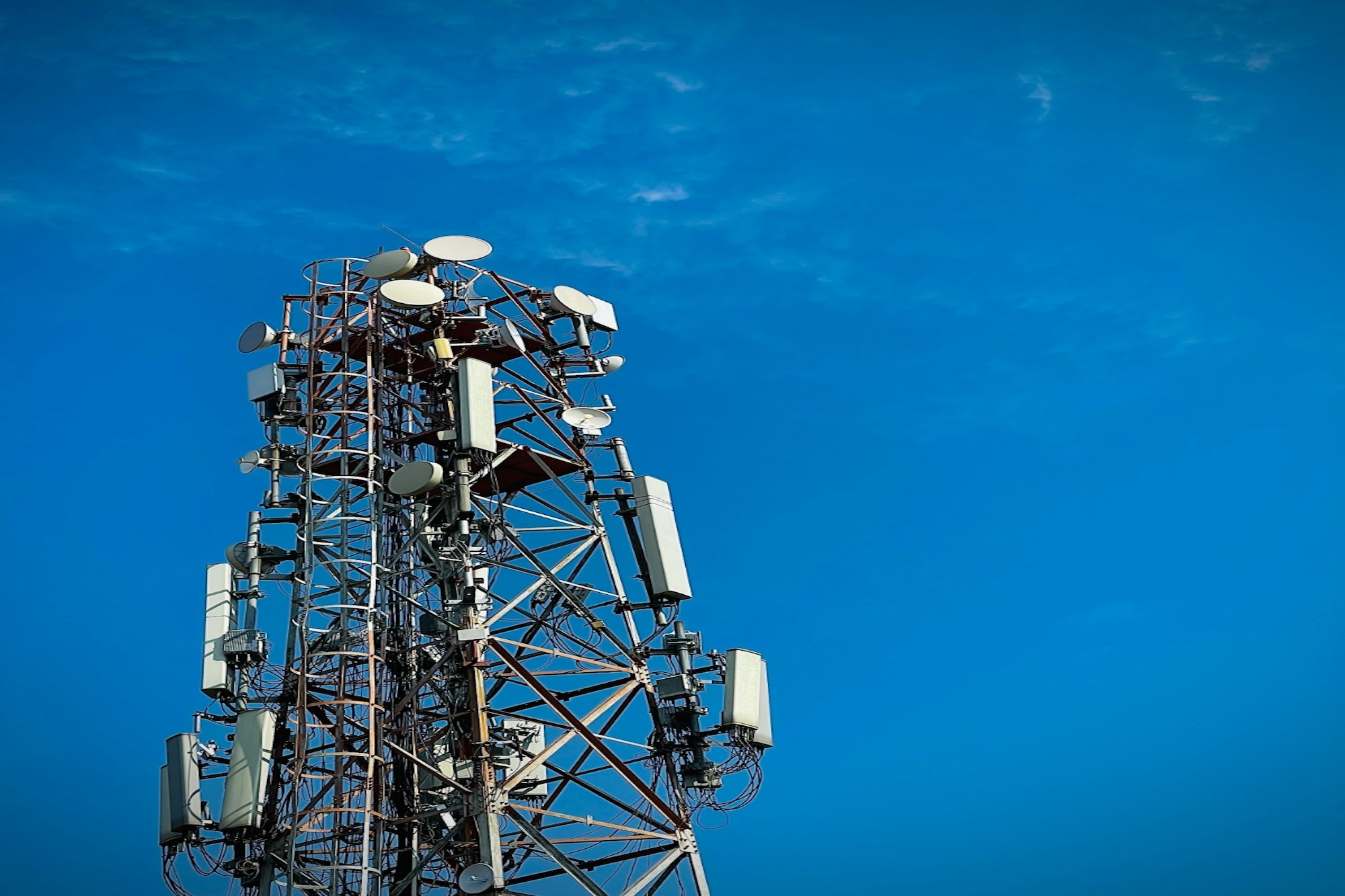
India’s Telecom Infrastructure: A Quiet Giant with Massive Potential
Ishan Singh, Senior Analyst - Investment & Research
India’s telecom infrastructure sector is quietly powering the country’s digital revolution—and it's poised for a breakout decade. While global attention often focuses on data consumption and smartphone penetration, the unsung hero behind it all is the physical network: towers, fiber optics, and core equipment that connect the nation.
Globally, the telecom market is on track to reach a staggering USD 3.5 crore crores (or INR 290 lakh crores) by 2034, growing at a CAGR of 6.14%. Back home, India’s telecom sector is expected to expand from ₹4.44 lakh crores in 2025 to ₹6.96 lakh crores by 2030, clocking an even faster growth rate of 9.4%. A major driver of this growth is network infrastructure investment.
India’s telecom infrastructure segment alone is projected to hit ₹51,000 crores by FY25. This includes everything from fiber deployment to core networking gear. Globally, telecom infrastructure is forecasted to grow from ₹8.7 lakh crores in 2024 to ₹11.7 lakh crores by 2031, underlining the sector’s strategic importance.
At the heart of this infrastructure boom is passive infrastructure—non-electronic assets like towers and power systems—which comprises around 70% of wireless capital expenditure. This segment is expected to be a ₹36,000 crore market in India by FY25. Key components include ground-based and rooftop towers, shelters for base transceiver station (BTS) equipment, power backups like diesel generator sets and batteries, and air-conditioning and security systems.
Several factors are fueling the momentum:
-
Low Tower Density: India currently has just 0.5 telecom towers per 1,000 people, far below global standards, highlighting a huge gap in infrastructure.
-
Aggressive Build-Out Plans: From around 740,000 towers today, India is projected to reach 1.3 million towers by 2030. This means adding 70,000–75,000 towers annually.
-
5G Rollout: 5G networks require significantly denser infrastructure, accelerating the need for more towers and fiber.
-
Unfinished Rural Expansion: Rural and semi-urban regions are still under-served, offering massive growth opportunities as digital services expand.
-
New Formats and Technology: Innovations like ground-based masts (GBMs) are making tower deployment quicker, cheaper, and more flexible.
India’s telecom infrastructure is no longer just about enabling voice calls—it’s the backbone of everything from video streaming and remote work to cloud computing, IoT, and smart cities. As demand for digital services surges, strengthening this quiet but critical sector will be key to sustaining India’s digital transformation.
